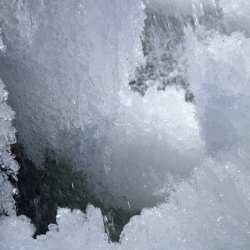
scientists say the model is better at simulating phenomena known as sudden stratospheric warmings (SSWs). These happen when the usual westerly winds at 10-50km altitude break down, causing cold weather on the surface.
Developers at the Met Office say it is an incremental advance for forecasts. Seasonal forecasting is still in its relative infancy, but the report’s authors from the Met Office say that improving their ability to represent SSWs is a help.
When the stratospheric westerlies break down, it generates a signal that typically burrows down to the Earth’s surface over following weeks. This hampers surface westerlies that bring mild air to northern Europe from the Atlantic and allows Europe to get blocked in a cold state.
The model, known as GloSea4, simulates winds, humidity and temperatures from the Earth’s surface to 80km (50 miles) high – beyond the stratosphere. Data points on the old low-top model were capped at 50km. Adam Scaife, head of long-range forecasting at the Met Office, said: "SSWs happen every couple of winters and about 70% are associated with cold air over Europe.
"Raising the lid of the model has been an improvement in our ability to simulate them," he told BBC News. Dr Scaife added that SSWs were still poorly understood but were linked to sudden increases in temperature of up to 50C (90F) over a few days in the stratosphere over the Arctic. The temperature changes cause winds to reverse their normal direction.
The high-top model was not available to the Met Office before the bitter winter of 2009/10, and they could not forecast sufficiently far ahead the arrival of the cold that resulted in the UK grinding to an unprepared halt in the snow and ice.
